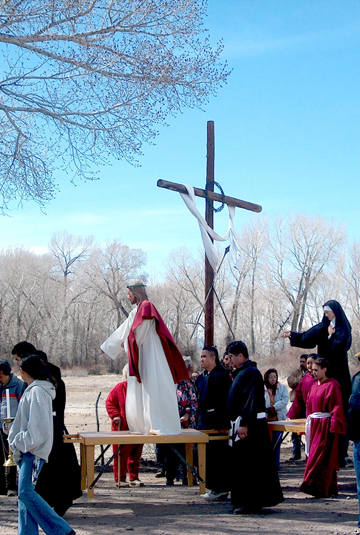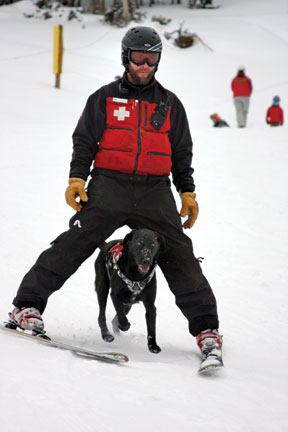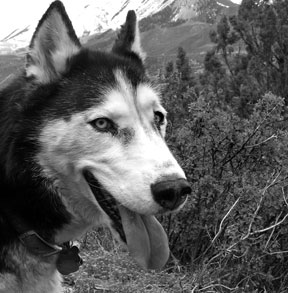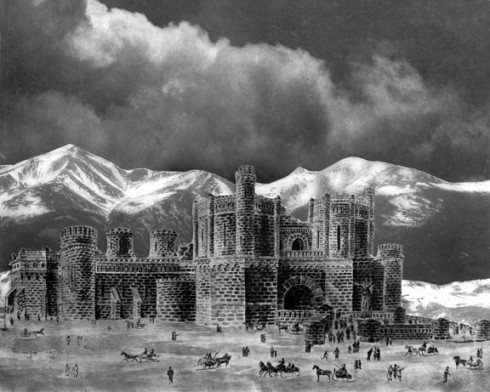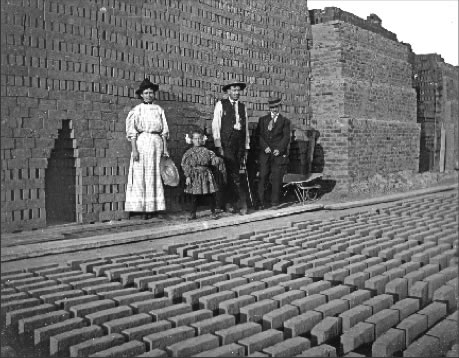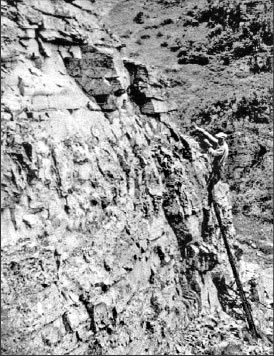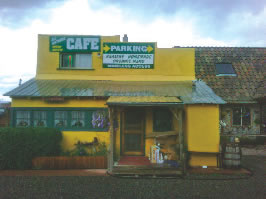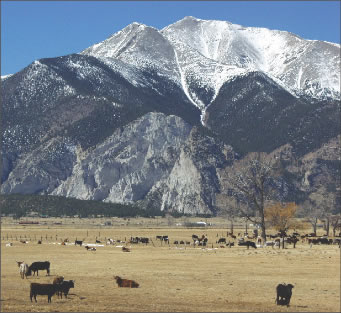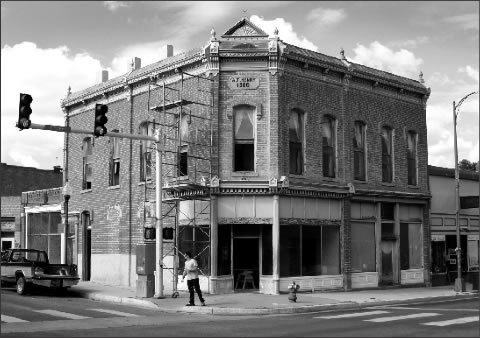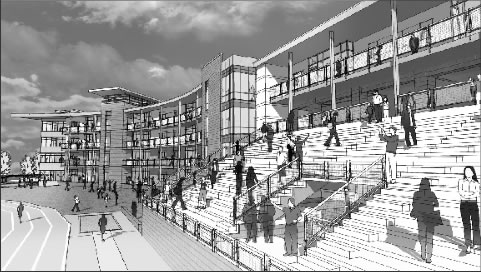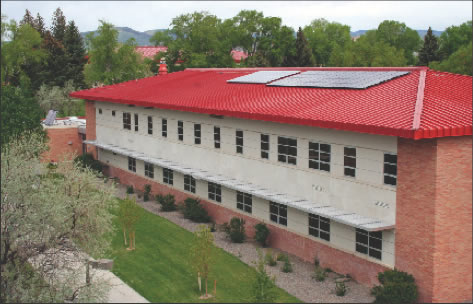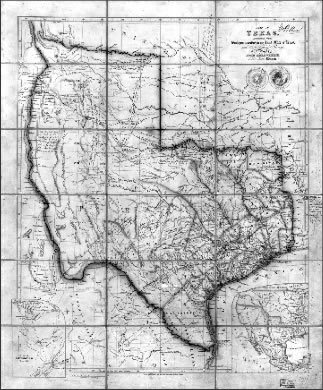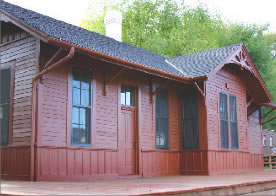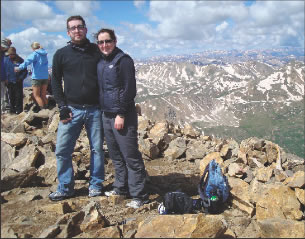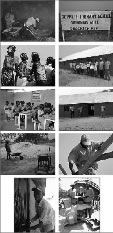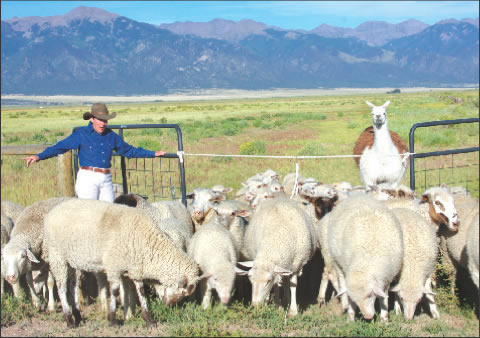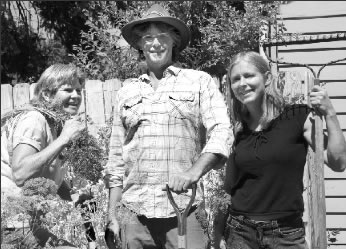Understanding the Penitente Church in Southern Colorado and Northern New Mexico
by Ruben E. Archuleta
Slowly and methodically the candles on the candelabrum are extinguished one by one as the Hermanos (Brothers) recite their prayers and sing the mournful alabados (Penitente hymns) until the last of the thirteen candles is out leaving the morada (meeting place) in total darkness. Suddenly the pandemonium that ensues with the sounds of rattling chains, the staccato of the matracas (wooden noise makers), banging on tins, and the wailing brings to mind the shaking of the earth, the lightning and thunder, the fear and wailing of the people gathered around the crucifixion … and then darkness as Jesus’ mortal body releases its soul. The Penitente rite known as the tinieblas (darkness), which represents the death of Jesus on the cross, has been practiced every Good Friday evening in the moradas throughout southern Colorado and northern New Mexico for over a century, and possibly longer.

